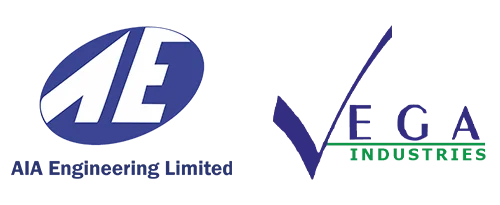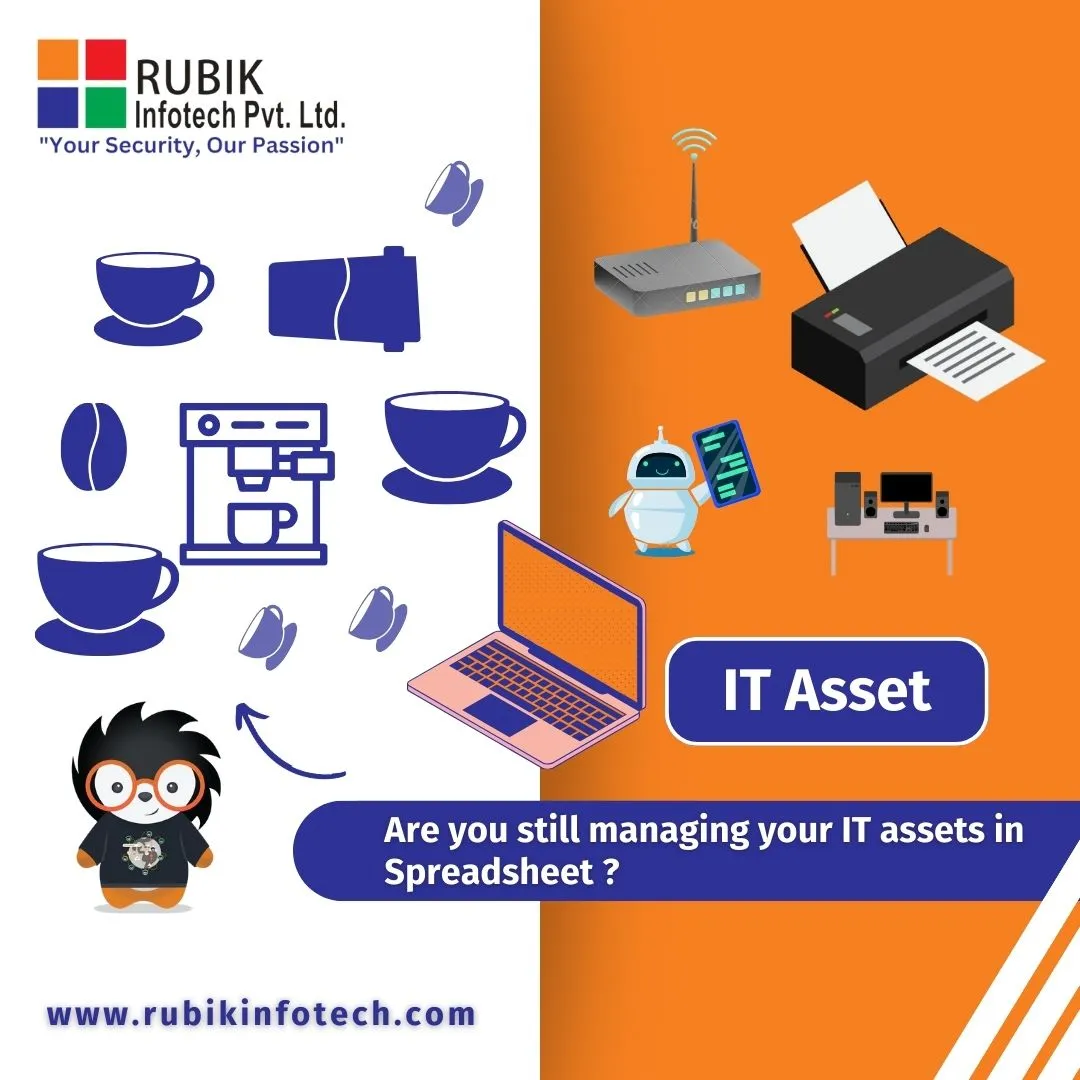
Your Online Safety Handbook:
Easy Tips for Security

Stay Secure Online:
Simple Steps for
Everyone


About Our Company ~
Welcome to Rubik Infotech
Rubik Infotech is here to protect you in the online world. We make cybersecurity simple and keep your digital stuff safe. Our team is dedicated to your security, whether it’s in the cloud, on your network, or on your devices. You can trust us to take care of all the complicated stuff, so you can use the internet without worry.
Simple
Cybersecurity
Technical
Support
~ Our Awesome Business Solutions ~
Digital Protection Made Easy: Your Trusted Guardians
Cloud Security
Our extensive experience in cybersecurity ensures your cloud infrastructure remains fortified in an increasingly interconnected world.
Network Security
With extensive expertise in cybersecurity, we ensure the fortification of your network infrastructure in an interconnected world.
Data Security
Rubik Infotech is your go-to for data security. We're experts in keeping your valuable information safe in today's connected world
End-Point Security
Rubik Infotech specializes in endpoint security, making us your trusted choice for safeguarding your devices and networks.
Compliance & Governance
At Rubik Infotech, we're your partners in compliance and governance, simplifying the complexities
App & DB Security
Rubik Infotech excels in safeguarding your applications and databases. We address vulnerabilities, apply patches, and enforce security policies.
Web Security
Rubik Infotech specializes in safeguarding your online presence. We assess vulnerabilities
Security Operations
Rubik Infotech excels in security operations, from threat detection to incident response and continuous monitoring.
OT security
We create asset inventories, implement network segmentation, and ensure strict access control.
IDM /MDM
Rubik Infotech safeguards your email communications. Our solutions include anti-phishing, email encryption
Email Security
Our solutions include anti-phishing, email encryption, spam filtering, data loss prevention (DLP), authentication, and archiving.
Email Archiving
Our solutions include data retention, search and retrieval, compliance support, storage optimization, and data preservation.
~ Why choose Us? ~
Unmatched
cybersecurity expertise
at your service
Choose Rubik Infotech for your cybersecurity needs because we bring unmatched expertise to protect your digital assets. With a track record of excellence, our dedicated team simplifies complex threats, ensures online safety, and fortifies your defenses. We’re your trusted partners in securing the digital world
Company Mission
Award Winner
IT Security Service


Navigating the Digital Future Together
Company Mission
At Rubik Infotech, our mission is to empower individuals and organizations in the digital age by providing cutting-edge cybersecurity solutions that simplify complex technology, enhance online safety, and safeguard valuable digital assets. We are committed to being trusted partners, dedicated to securing and fortifying the digital landscape for our clients. Our customer-centric approach, expertise, and ongoing support ensure that businesses thrive in a secure, connected world. We strive to make the digital realm a safer place, one innovative solution at a time.


Radiating Excellence: Award-Winning Achievements
Awards Winner
Proudly Recognized for Excellence, Hard Work and Outstanding Client Feedback. Each award symbolizes our commitment to delivering scalable and exceptional services.


Securing Your Digital World with Confidence
IT Security Services
Choose Rubik for IT security services because we are your dedicated shield in the digital realm. With a proven track record of safeguarding businesses, our experts simplify complex threats, fortify your defenses, and ensure your online safety. Join us and experience unrivaled cybersecurity excellence.

We develops strategic software solutions for businesses.
1000
Year of
Establishment
Establishment
100
+
Of Customers
Across India
Across India
1
+
Our
Branches
Branches
1
.9/5
Customer
Rating
Rating
You have better things to do than worry about IT for your small business. Let’s Discuss about Project.

Our Success Stories ~
Building Trust through Client Feedback
Discover why our clients trust Rubik Infotech for their cybersecurity needs. Read their testimonials to see how we’ve secured their digital landscapes with excellence and expertise.
“Without hesitation I commend Rubik Infotech for their services. They treated us very professionally, answering even the most elementary of questions with clarity and grace. They told us what they would do for us and then followed up on it precisely and in a timely manner. They were available when we needed them even at odd times of the day. They have enabled our organization to take better advantage of the technology available to us today. We are glad to be connected to and through them!”

Amit Nayak
Designation: Head (IT) – Ceramic Company
“Thanks to Rubik Infotech for your great work on our DLP Solution. We appreciated the way you guys listened to what we wanted and then created a Solution that was exactly what we had envisioned.”

Mayur Shah
Designation: VP (IT) – Pharmaceutical Company
“I would like to take a minute of your time to tell how impressed I was with your Service of your Support Engineer. He was very professional and concerned that we get our Network back to work within few hours at any manner. He was very courteous and very easy to work with… He was also very helpful and polite. Both were very quick to take care of my needs… I will be calling on you and your team for our future equipment needs.”

Sunil Shah
Designation: Head (IT) – Clinical Research
“I wanted to express our appreciation of the quality work that Rubik Infotech have been doing for us. I have never had access to the information that you have provided; it’s a real eye opener!”

Harshad Shah
Designation: Manager IT – KPO Service Company
“As I reflect back I stand amazed at the level of service, knowledge and support that I received from you and your team.”

Dhaval Patel
Designation: AGM (IT) – Power Company
Team Rubik has been Working with us as a vendor, and they have deployed some of the successful solutions in our organisaiton.

Vendor with Difference
Devi Sahai Sharma


































































